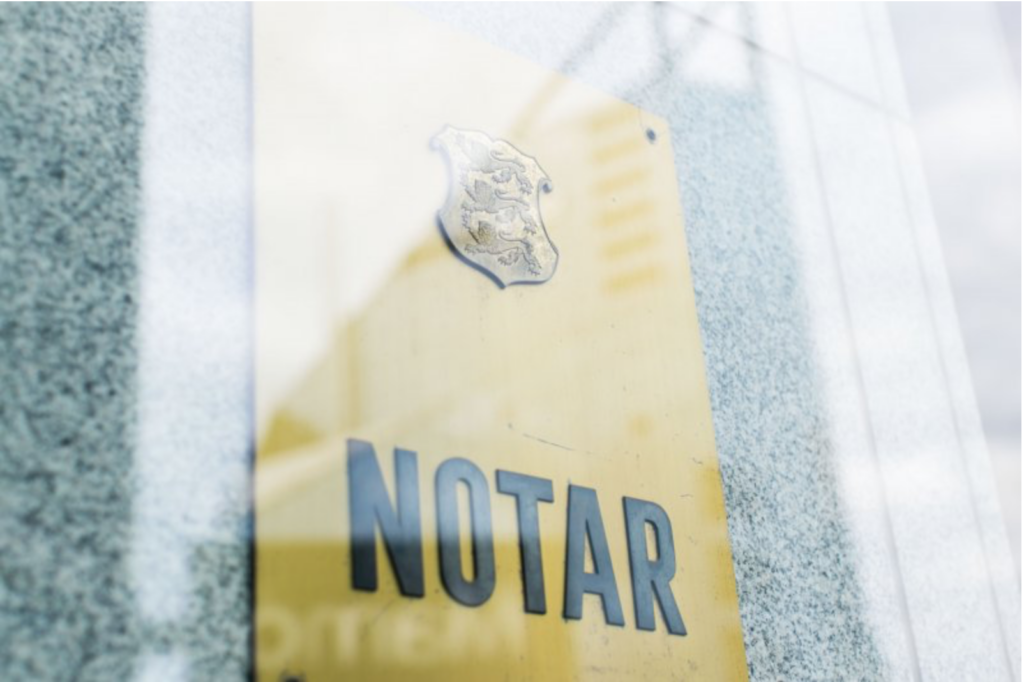Starting from February, the option of remote verification will be launched in the e-Notary self-service portal as a pilot project that will enable notarial acts to be carried out at Estonia’s foreign representations without physically visiting a notary’s office.
Initially, remote verification will be available at Estonia’s foreign representations in Helsinki, Brussels, Stockholm, London and Riga. In parallel with the pilot project enabling remote verification through foreign representations, the process of carrying out acts by way of remote verification, which can be used upon agreement with a notary, will also be tested elsewhere, it appears from a press release.
In the new self-service environment, it will be possible to book a notary appointment, exchange documents and data concerning the notarial act, inspect the document project prepared by the notary and submit proposals for changing or amending it.
With remote verification, it will be possible to carry out transactions with shares of a private limited company, prove credentials, submit marriage or divorce applications and succession applications. It will also be possible to erase and give up real rights and commercial pledge.
Merle Saar-Johanson, chair of the Chamber of Notaries, said: “The new self-service portal will make communication with a notary easier for anyone who has business to do with a notary – be the reason succession, a real estate transaction or, for example, transfer of a part of a business,” She added that the new system will also enable the client to have a look at the content of the agreement or some other documents in a convenient environment, like at home, before signing anything.
“We are well aware that coming to Estonia from abroad to perform only one act is too time-consuming and it is not always the best solution to establish a proxy. The goal of the remote verification project is to increase user-friendliness, because we want to contribute to the creation of a more attractive business environment in Estonia and to enable customers to make several transactions from a distance,” Saar-Johanson said. “Once the project is running smoothly, we are hoping to expand the circle of remote verification activities and users,” she added.
Technically, remote verification means that the client first coordinates with the notary about the time of transaction and goes to a foreign representation to carry out the act or, upon agreement with the notary, carries out the act remotely outside the foreign mission in a convenient location. It is also possible to book a time for remote verification in the self-service portal, which will help the user find a time that is suitable for both the notary and the foreign representation.
In order to perform remote verification, the customer will need an Estonian ID-card, digital ID, Mobile-ID or an e-resident’s digital ID. The personal identification system of the participants of the acts uses Veriff’s biometric face recognition technology.
The e-Notary 3 and remote verification project was financed from the European Union’s Structural Fund and the budget of the Chamber of Notaries. The developments concerning the project were carried out by AS Andmevara.
